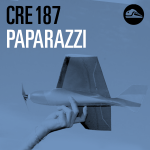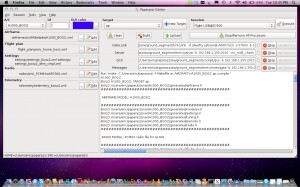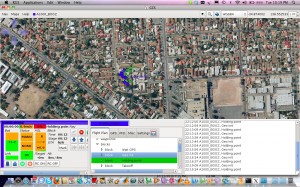 We will be showing off some of our hardware at the O’Reilly Open Source Convention 2015 (OSCON). The event is happening on July 20–24, 2015 in Portland, Oregon USA.
We will be showing off some of our hardware at the O’Reilly Open Source Convention 2015 (OSCON). The event is happening on July 20–24, 2015 in Portland, Oregon USA.
Piotr Esden-Tempski from 1BitSquared together with Rich Burton from Hooperfly will be bringing some of their Paparazzi UAV based creations to show off. If you are attending OSCON find us in the exhibition hall for the hardware showcase and say “Hi”. We would love to meet some fellow Paparazzians.
If you can’t find us just drop us a line on Gitter or Twitter. Hope to see you there!


